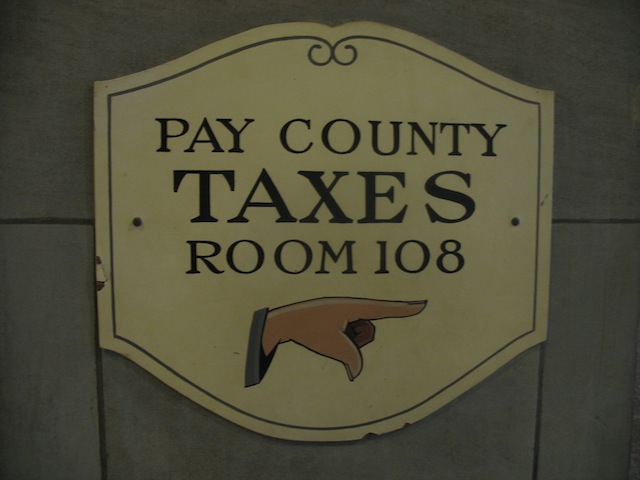Yesterday I interviewed Alex Bard, Senior Vice President for Service Cloud at Salesforce for the Decoding The New Economy YouTube channel.
Alex’s interview will be up tomorrow, but during the conversation afterwards he made a comment about modern management saying, “you can’t cost cut your way to growth.”
This is at odds with 1980s management theory where CEOs like Jack Welsh at GE and Al ‘Chainsaw’ Dunlap at Scott Paper slashed costs to bring listless businesses back into profit.
During that period, many businesses were overstaffed and poorly managed so leaders like Welsh and Dunlap were the right men for their time.
To a generation of bean counting executives, Dunlap and Welsh proved that any business problem could be fixed by cutting costs. They were truly men of their times.
Which brings us to Australia’s Qantas Airlines who, at the time Alex Bard and I were having coffee, announced 5,000 job cuts; close to 25% of the company’s workforce.
Qantas certainly does have problems as shown in its $252 million loss and some of them, as with all legacy national carriers, lie with long outdated labour arrangements.
However the airline’s problems are much deeper than a featherbedded workforce and most of the blame for Qantas’ dilemma lies with the company’s management.
Management mistakes have included maintaining an old fleet of Boeing 767s and 747s while pouring investment into their discount subsidiary, disastrous international alliances in Asia that have seen them kicked out of Vietnam and planes for their Japanese venture grounded in Europe.
Probably the biggest mistake though for Qantas though was management’s assumption it had a cosy position in its domestic market.
Like most Australian industries, the nation’s aviation sector is a duopoly dominated by Qantas, a result of the 1980s theory that the country could sustain global champions subsidised by hapless domestic consumers.
This theory has proved disastrously wrong for Australian consumers with the duopolies becoming very good at exploiting their domestic market power after deciding it was simply to hard to compete outside the home country.
For Australia, the consequence of this strategic mistake by the country’s business and political leaders has been to make domestic industries hopelessly uncompetitive as local managers are largely isolated from genuine competitive pressures.
Qantas is the classic case study of Australia’s insular corporate mentality as the airline steadily abandoned its international routes and focused on maximising profits on its domestic operations, particularly those unfortunate rural routes where the Flying Kangaroo has no competition.
Unfortunately for Qantas’ shareholders; Virgin Australia, the other duopoly player in the Australian airline industry, wasn’t going to play by the rules that keeps the rest of the country’s complacent corporate sector relaxed and comfortable.
As a consequence, Qantas found itself in a damaging price war as it sought to protect its 65% domestic market share. Worse still for the airline, its competitor started offering Business Class services and competitive lounge facilities that started to erode its most lucrative fares.
For Qantas, the sensible option is to focus on its strengths and build in its most profitable areas but instead the airline’s CEO, Alan Joyce, chooses to fight for the airline’s precious two third market share while slashing staff numbers.
Alan’s response is classic ‘cutting for growth’ and it won’t work – the airline desperately needs investment and visionary management, both of which it won’t get.
Cosy management can prosper in a cosy market, but it leaves those companies exposed to disruption from keener competitors and that’s what Qantas is learning.
Sadly for Qantas’ management, they aren’t in the 1980s and Joyce is no Jack Welsh. Today, as Alex Bard points out, the game is customer service and slashing your workforce is the wrong starting point.
Similar posts:




